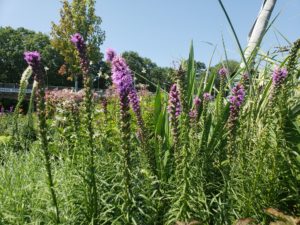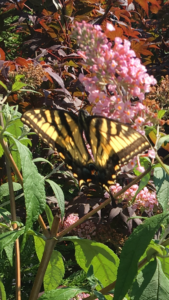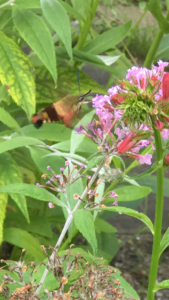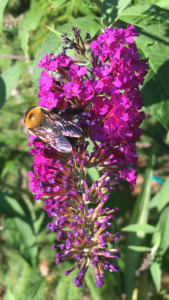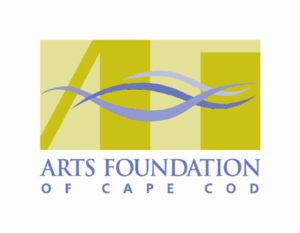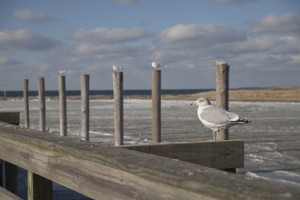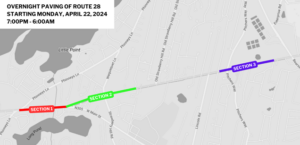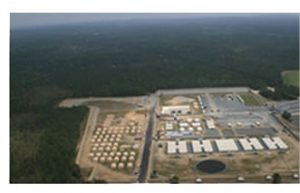Attracting nature’s pollinators (bees, butterflies, bats, moths, hummingbirds, and a wide variety of other winged and crawling creatures) is easier than you might think. More than ever, trends in gardening are leaning toward creating pollinator gardens, where service to pollen-laden plants plays a crucial role in flowering plant reproduction, and in the production of most fruits and vegetables.
“It’s a big trend in gardening right now,” said Jocelyn Duffley, general manager of Country Garden, in Hyannis. “There are many varieties of plants, flowers, and other ways to attract pollinators to your yard, including bird feeders and houses for mason bees.”
Insects and other animal pollinators are vital to the production of healthy crops for food, fibers, edible oils, medicines, and other products. Pollinators are also essential elements in the habitats and ecosystems that many wild animals rely on for food and shelter.
A few plant and flower varieties, according to Duffley, which are perfect for attracting pollinators to the garden, include both annuals and perennials. “Butterfly Bushes, Catmint, Lavender, Coneflower, Black-eyed Susans, and other perennials work well,” she said. “As for annuals, Butterfly Weed, Salvia, Cosmos, Sunflowers and Ageratum are all good choices.”
Pollinators support biodiversity. There is a correlation between plant diversity and pollinator diversity. The pollinator population of an area is a great indicator of the overall health of an ecosystem Some crops, including blueberries and cherries, are 90 percent dependent on honey bee pollination.
“People don’t have to be afraid of bees,” she added. “We need them. We have some great mason bee houses here, as well as bird and bat houses. All of these animals are important to pollination. If you create spring to fall color, you can have lots of enjoyment of a beautiful garden that’s visited by a variety of pollinators throughout those seasons.”
According to the USDA, flowering plants can be started from seed; shrubs are better established by transplanting seedlings. Consider the soil characteristics, site drainage, sunlight, and other factors when selecting plants. Provide a variety of flower colors and shapes to attract different pollinators.
Plant your plants and flowers in clumps, rather than single plants, to better attract pollinators. Choose plants that flower at different times of the year to provide nectar and pollen sources throughout the growing season. Whenever possible, choose native plants. These plants will be better adapted to your soil type, climate, precipitation, and local pollinators. Also, avoid the use of pesticides. Visit a plant nursery to ask about pollinator plants suited for your site conditions.
Pollinators need water too. You can provide water for pollinators with a shallow dish, bowl, or birdbath with half-submerged stones for perches.
“It doesn’t have to break the bank to have beautiful plants and flowers that will attract pollinators,” Duffley said. “You can buy flowers from seed or small pots of six plants. This is a perfect activity for young people or families who want to become gardeners, and make an environmental impact.”
To learn more, visit hyanniscountrygarden.com. To get more information on pollinator gardening, or to see for yourself some examples of beautiful pollinator gardens, visit the Country Garden garden center at 380 West Main St., Hyannis.
Sponsored Content




